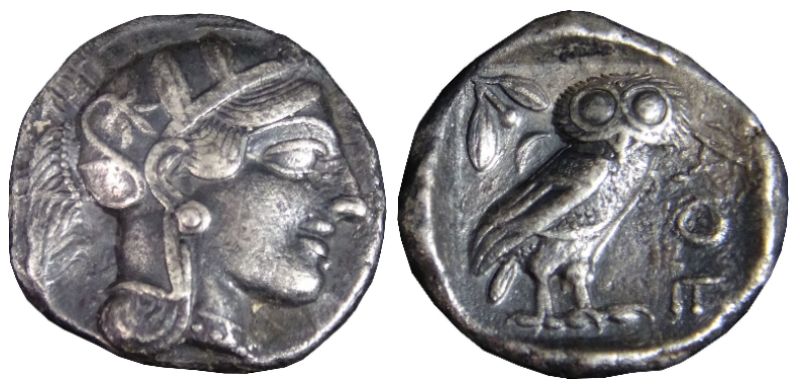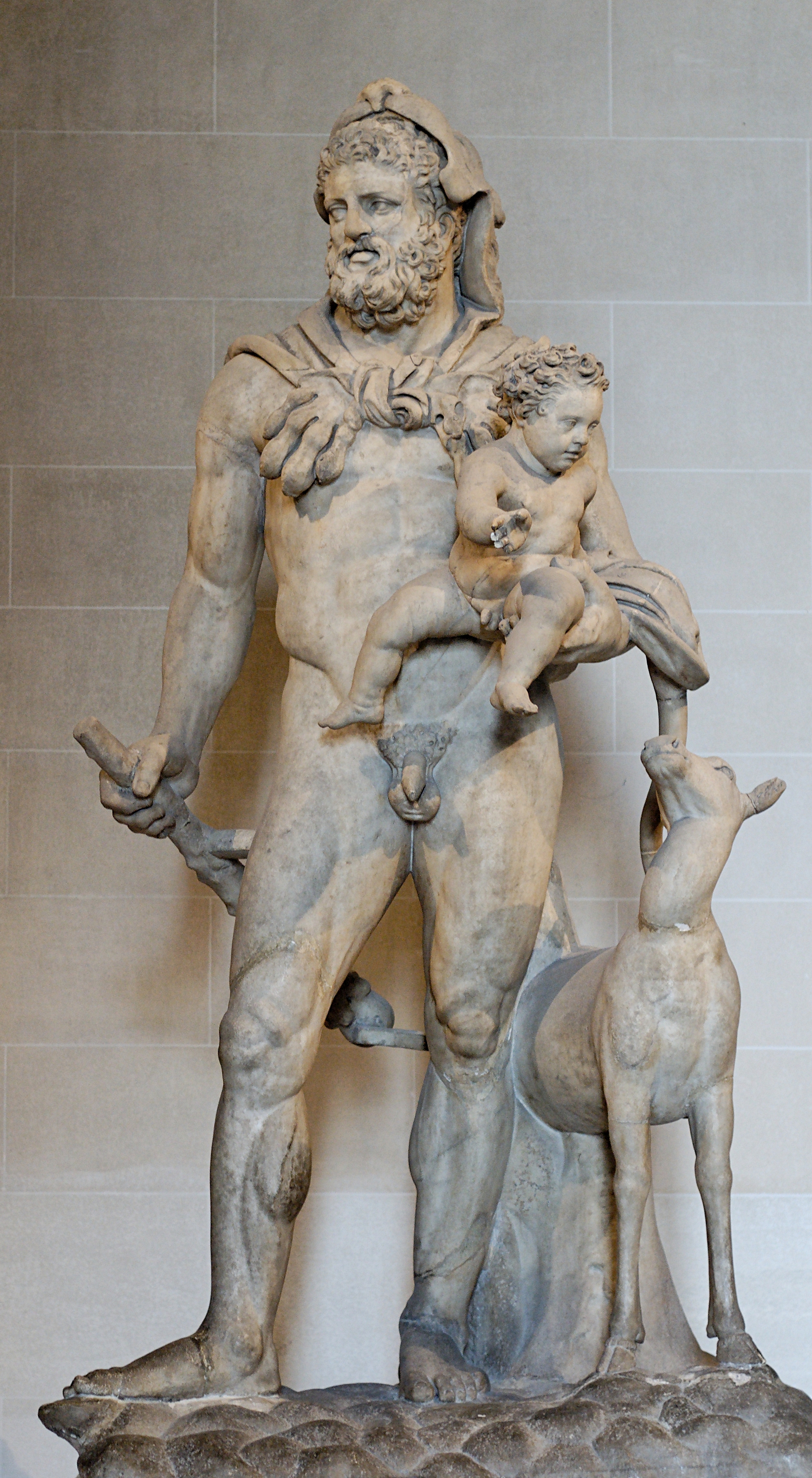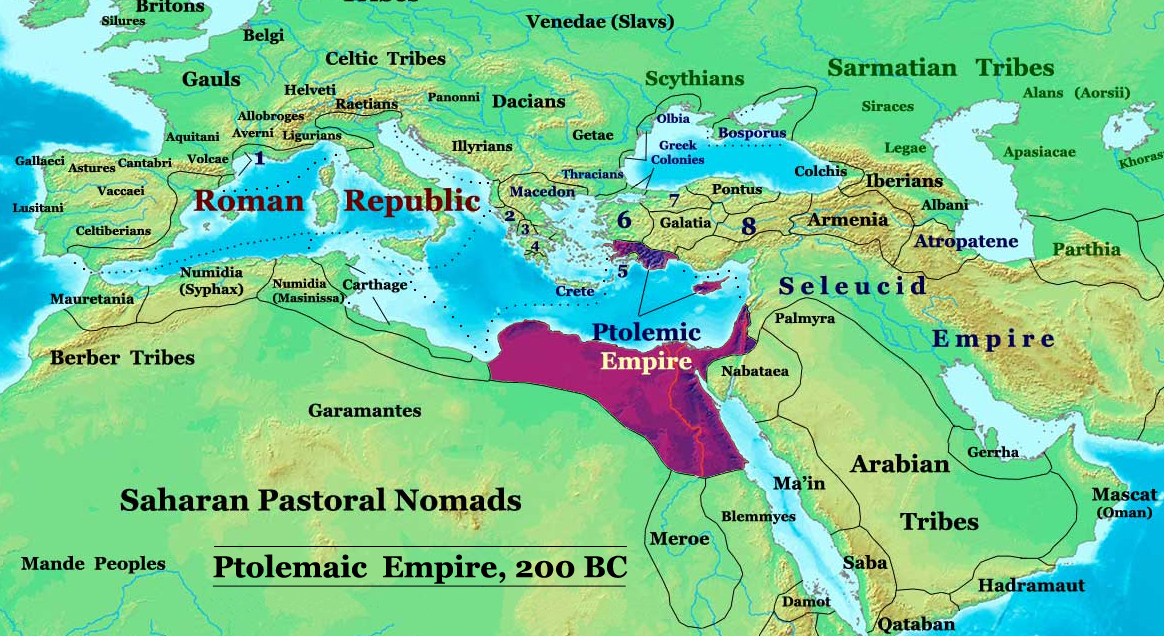|
Cistophorus
The cistophorus ( grc, κιστοφόρος, ''kistophoros'') was a coin of ancient Pergamum. It was introduced shortly before 190 B.C. at that city to provide the Attalid kingdom with a substitute for Seleucid coins and the tetradrachms of Philetairos. It also came to be used by a number of other cities that were under Attalid control. These cities included Alabanda and Kibyra. It continued to be minted and circulated by the Romans with different coin types and legends, but the same weight down to the time of Hadrian, long after the kingdom was bequeathed to Rome. It owes its name to a figure, on the obverse, of the sacred chest ( la, cista) of Dionysus. Cistophoric standard It was tariffed at four drachmas, but weighed only as much as three Attic drachmas (the most important weight standard of the time), 12.75 grams. In addition, the evidence of hoards suggests that it did not travel outside the area which Pergamum controlled. It is therefore probable that it was overva ... [...More Info...] [...Related Items...] OR: [Wikipedia] [Google] [Baidu] |
Cistophorus Apollonis CdM
The cistophorus ( grc, κιστοφόρος, ''kistophoros'') was a coin of ancient Pergamum. It was introduced shortly before 190 B.C. at that city to provide the Attalid kingdom with a substitute for Seleucid coins and the tetradrachms of Philetairos. It also came to be used by a number of other cities that were under Attalid control. These cities included Alabanda and Kibyra. It continued to be minted and circulated by the Romans with different coin types and legends, but the same weight down to the time of Hadrian, long after the kingdom was bequeathed to Rome. It owes its name to a figure, on the obverse, of the sacred chest ( la, cista) of Dionysus. Cistophoric standard It was tariffed at four drachmas, but weighed only as much as three Attic drachmas (the most important weight standard of the time), 12.75 grams. In addition, the evidence of hoards suggests that it did not travel outside the area which Pergamum controlled. It is therefore probable that it was overva ... [...More Info...] [...Related Items...] OR: [Wikipedia] [Google] [Baidu] |
List Of Ancient Greek Monetary Standards
__NOTOC__ A wide variety of different monetary standards were used by different ancient Greek city-states for their silver coinage. These standards differed in the weight of the main monetary unit and also in the denominational structure of the coinage. Modern numismatists have assigned names to these standards, based on the most prominent city-state that minted on them or the region where they are most common. Each standard was based on a single unit: usually a stater or a drachm. All other denominations in the system would be multiples or subdivisions of that unit. In practice individual coins tend to vary from their ideal weights, due to a lack of precision during manufacture and the loss of weight over time through wear. Some standards were restricted to a few city-states; others, notably the Attic-Euboean standard, became very widespread. Weight standards tended to decline over time, because mints sought to profit by producing coins that were slightly lighter than thei ... [...More Info...] [...Related Items...] OR: [Wikipedia] [Google] [Baidu] |
List Of Hellenistic Monetary Standards
__NOTOC__ A wide variety of different monetary standards were used by different ancient Greek city-states for their silver coinage. These standards differed in the weight of the main monetary unit and also in the denominational structure of the coinage. Modern numismatists have assigned names to these standards, based on the most prominent city-state that minted on them or the region where they are most common. Each standard was based on a single unit: usually a stater or a drachm. All other denominations in the system would be multiples or subdivisions of that unit. In practice individual coins tend to vary from their ideal weights, due to a lack of precision during manufacture and the loss of weight over time through wear. Some standards were restricted to a few city-states; others, notably the Attic-Euboean standard, became very widespread. Weight standards tended to decline over time, because mints sought to profit by producing coins that were slightly lighter than thei ... [...More Info...] [...Related Items...] OR: [Wikipedia] [Google] [Baidu] |
Drachma
The drachma ( el, δραχμή , ; pl. ''drachmae'' or ''drachmas'') was the currency used in Greece during several periods in its history: # An ancient Greek currency unit issued by many Greek city states during a period of ten centuries, from the Archaic period throughout the Classical period, the Hellenistic period up to the Roman period under Greek Imperial Coinage. # Three modern Greek currencies, the first introduced in 1832 by the Greek King Otto () and the last replaced by the euro in 2001 (at the rate of 340.75 drachmae to the euro). The euro did not begin circulating until 2001 but the exchange rate was fixed on 19 June 2000, with legal introduction of the euro taking place in January 2002. It was also a small unit of weight.. Ancient drachma The name ''drachma'' is derived from the verb (, "(I) grasp"). It is believed that the same word with the meaning of "handful" or "handle" is found in Linear B tablets of the Mycenean Pylos. Initially a drachma was a ... [...More Info...] [...Related Items...] OR: [Wikipedia] [Google] [Baidu] |
Telephus
In Greek mythology, Telephus (; grc-gre, Τήλεφος, ''Tēlephos'', "far-shining") was the son of Heracles and Auge, who was the daughter of king Aleus of Tegea. He was adopted by Teuthras, the king of Mysia, in Asia Minor, whom he succeeded as king. Telephus was wounded by Achilles when the Achaeans came to his kingdom on their way to sack Troy and bring Helen back to Sparta, and later healed by Achilles. He was the father of Eurypylus, who fought alongside the Trojans against the Greeks in the Trojan War. Telephus' story was popular in ancient Greek and Roman iconography and tragedy. Telephus' name and mythology were possibly derived from the Hittite god Telepinu. Birth to adulthood Summary Telephus' mother was Auge, the daughter of Aleus, the king of Tegea, a city in Arcadia, in the Peloponnese of mainland Greece. His father was Heracles, who had seduced or raped Auge, a priestess of Athena. When Aleus found out, he tried to dispose of mother and child, but eventuall ... [...More Info...] [...Related Items...] OR: [Wikipedia] [Google] [Baidu] |
Cista
A cista is a box or basket used by the ancient Egyptians, Greeks, Etruscans and Romans for various practical and mystical purposes. Purpose and usage The ''cista'' or ''cistella'' was at first thought be a wicker basket used for holding fruits and vegetables and for general agricultural purposes. Although these baskets were sometimes square, they were more often cylindrical in shape. Over time, ''cista'' came to mean a smaller box or casket employed for a variety of purposes. This distinguished it from the larger ''area'' or chest; on rare occasions, it may have been used in referring to a ''capsa'', or book-box. The cista believed to be in the private treasure of Gaius Verres may have been a money-box. In the Roman ''comitia'', the cista was the ballot-box into which the voters cast their ''tabellae''. The form and material of the voters' cista, evidently of wicker or similar work, is represented in an annexed cut from a coin of the Cassia gens. In this sense, the cista has of ... [...More Info...] [...Related Items...] OR: [Wikipedia] [Google] [Baidu] |
Heracles
Heracles ( ; grc-gre, Ἡρακλῆς, , glory/fame of Hera), born Alcaeus (, ''Alkaios'') or Alcides (, ''Alkeidēs''), was a divine hero in Greek mythology, the son of Zeus and Alcmene, and the foster son of Amphitryon.By his adoptive descent through Amphitryon, Heracles receives the epithet Alcides, as "of the line of Alcaeus", father of Amphitryon. Amphitryon's own, mortal son was Iphicles. He was a great-grandson and half-brother (as they are both sired by the god Zeus) of Perseus, and similarly a half-brother of Dionysus. He was the greatest of the Greek heroes, the ancestor of royal clans who claimed to be Heracleidae (), and a champion of the Olympian order against chthonic monsters. In Rome and the modern West, he is known as Hercules, with whom the later Roman emperors, in particular Commodus and Maximian, often identified themselves. The Romans adopted the Greek version of his life and works essentially unchanged, but added anecdotal detail of their own, so ... [...More Info...] [...Related Items...] OR: [Wikipedia] [Google] [Baidu] |
Asia Minor
Anatolia, tr, Anadolu Yarımadası), and the Anatolian plateau, also known as Asia Minor, is a large peninsula in Western Asia and the westernmost protrusion of the Asian continent. It constitutes the major part of modern-day Turkey. The region is bounded by the Turkish Straits to the northwest, the Black Sea to the north, the Armenian Highlands to the east, the Mediterranean Sea to the south, and the Aegean Sea to the west. The Sea of Marmara forms a connection between the Black and Aegean seas through the Bosporus and Dardanelles straits and separates Anatolia from Thrace on the Balkan peninsula of Southeast Europe. The eastern border of Anatolia has been held to be a line between the Gulf of Alexandretta and the Black Sea, bounded by the Armenian Highlands to the east and Mesopotamia to the southeast. By this definition Anatolia comprises approximately the western two-thirds of the Asian part of Turkey. Today, Anatolia is sometimes considered to be synonymous with Asia ... [...More Info...] [...Related Items...] OR: [Wikipedia] [Google] [Baidu] |
Eumenes II
Eumenes II Soter (; grc-gre, Εὐμένης Σωτήρ; ruled 197–159 BC) was a ruler of Pergamon, and a son of Attalus I Soter and queen Apollonis and a member of the Attalid dynasty of Pergamon. Biography The eldest son of king Attalus I and queen Apollonis, Eumenes was presumably born prior to 220 BC and was the eldest of four sons to Attalus I. Eumenes followed in his father's footsteps upon becoming king and collaborated with the Romans to oppose first Macedonian, then Seleucid expansion towards the Aegean, leading to the defeat of Antiochus the Great at the Battle of Magnesia in 190 BC. He had refused to marry a daughter of Antiochus III upon noticing that he was about to engage in a war against the Romans. He then had married Stratonice of Pergamon, daughter of Ariarathes IV (King of Cappadocia) and his wife Antiochis, and their son was named Attalus III. Expansion of the kingdom Eumenes had followed his father's footsteps and aided the Romans whenever he could, fir ... [...More Info...] [...Related Items...] OR: [Wikipedia] [Google] [Baidu] |
Ptolemaic Coinage
Coinage was used in the Ptolemaic Kingdom during the last dynasty of Egypt and, briefly, during Roman rule of Egypt. Ptolemaic coinage was struck in Phoenician weight, also known as Ptolemaic weight (about 14.2 grams). This standard, which was not used elsewhere in the Hellenistic world, was smaller than the dominant Attic weight. Consequentially, Ptolemaic coins are smaller than other Hellenistic coinage. In terms of art, the coins, which were made of silver, followed the example set by contemporary Greek currencies, with dynastic figures being typically portrayed. The Ptolemaic coin making process often resulted in a central depression, similar to what can be found on Seleucid coinage. The Ptolemaic dynasty introduced standard coinage to Egypt, where pre-existing native dynasties made only very limited use of coins. The first Ptolemaic mint was in Memphis and was later moved to Alexandria. Succeeding in monetizing the Egyptian society, largely due to efforts of king Ptolem ... [...More Info...] [...Related Items...] OR: [Wikipedia] [Google] [Baidu] |
Attic Weight
Attic weight, or the Attic standard, also known as Euboic standard, was one of the main monetary standards in ancient Greece. As a result of its use in the coinage of the Athenian empire and the empire of Alexander the Great, it was the dominant weight standard for coinage issued in the Eastern Mediterranean from the fifth century BC until the introduction of the Roman denarius to the region in the late first century BC. The Attic weight was based on a drachma of 4.31 grams, but in practice the main denomination was the tetradrachm or four-drachma coin, which weighed approximately 17.26 g in silver. For larger sums, the units of account were the mina (100 drachmae or 435 g), and the talent (6,000 drachmae or 26.1 kg). In practice, this meant that the Attic weight standard was interchangeable with the Euboic standard used on the island of Euboea, which consisted of a stater of 17.2 g divided into six ''hektai'' of 2.86 g. Because of Euboea's role in Gree ... [...More Info...] [...Related Items...] OR: [Wikipedia] [Google] [Baidu] |
Dionysus
In ancient Greek religion and myth, Dionysus (; grc, Διόνυσος ) is the god of the grape-harvest, winemaking, orchards and fruit, vegetation, fertility, insanity, ritual madness, religious ecstasy, festivity, and theatre. The Romans called him Bacchus ( or ; grc, Βάκχος ) for a frenzy he is said to induce called ''bakkheia''. As Dionysus Eleutherios ("the liberator"), his wine, music, and ecstatic dance free his followers from self-conscious fear and care, and subvert the oppressive restraints of the powerful. His ''thyrsus'', a fennel-stem sceptre, sometimes wound with ivy and dripping with honey, is both a beneficent wand and a weapon used to destroy those who oppose his cult and the freedoms he represents. Those who partake of his mysteries are believed to become possessed and empowered by the god himself. His origins are uncertain, and his cults took many forms; some are described by ancient sources as Thracian, others as Greek. In Orphic religion, he wa ... [...More Info...] [...Related Items...] OR: [Wikipedia] [Google] [Baidu] |










